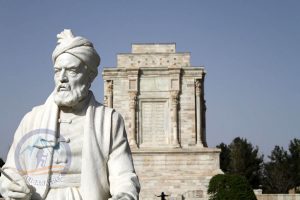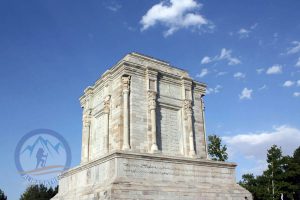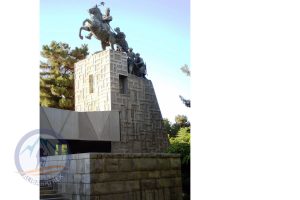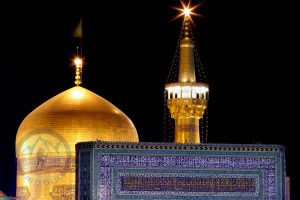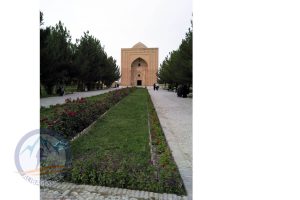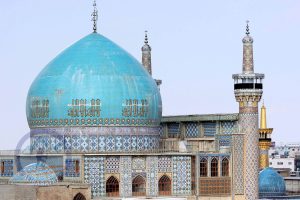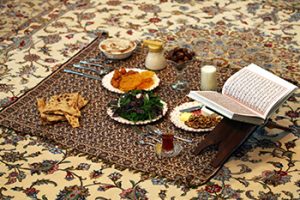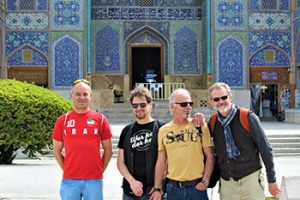MASHHAD
Iran’s most sacred city and home to Imam Reza’s holy shrine; Iran’s second most populated city
The second most populated city in Iran, Mashhad is recognized as Iran‘s most sacred city. The reason behind Mashhad Popularity is its Haram-e Razavi a truly enormous complex that is the foremost attraction for most tourists who visit Mashhad. The Holy Shrine situated within the city venerates the martyrdom of Imam Reza the eighth Imam in Shi’ite Islam who died in 818 AD. Indeed the original name of the city was Sanabad in the 9th century but was changed to Mashhad in to honor the Imam’s death as Mashhad literally translating as “place of martyrdom” from Arabic. Each year 20 million pilgrims congregate to pay tribute and commemorate the Imam’s death.
Additionally, Mashhad is a reasonable stop en route to Afghanistan, Turkmenistan or other barley visited locations of the Khorasan region. Mashhad is also famous for its leather and carpets. Tourists hoping to see the sites of the city itself should take caution not to visit Mashhad during major Muslim holidays as transport and accommodation might be difficult to find.
Imam Reza shrine
The Holy Shrine of Imam Reza is surrounded by an immense sequence of sacred areas jointly identified as Haram-e Razavi, or simply Haram. Groups of blue and pure gold minarets and domes, its grand round arcades and countless courtyards constantly cooled with fountains have fashioned the Haram into a city within a city. The Haram is considered to be among the wonders of the Islamic world and should be visited during different hours of the day to justly observe its splendor.
Although taking photos with your phone is acceptable throughout the complex no cameras or bags are permitted within the complex. All unpermitted belongings, however, can be stored in luggage storerooms nearby most entrance gates. To enter the complex Men and Women must enter through different gates to be respectfully checked. Persons entering the complex must wear conventional and clean clothes and women, in addition, should wear chadors. If you have not brought a chador with you, however, they can be easily borrowed at most entrance gates.
Non-Muslims are permitted to enter most of the complex but however are not permitted into the Goharshad shrine or the holy Shrine itself, two of the most sacred structures. The Azadi and Enqelab courtyards are also out of bounds to non-muslims.
Nader Shah Mausoleum
Though Nader Shah (1688 – 1747) may be thought of as a cold-blooded conqueror or a ruthless tyrant throughout the Middle East and the Indian peninsula the inhabitants of this area appreciate him as powerful King who briefly restored Khorasan to its former glory as the center of wealth and power in the region. The statue of Nader mounted upon his horse is perhaps the most attractive spectacle of the Nader Shah Mausoleum.
Nearby a rather tiny museum displays a 1590s Portuguese cannon seized at Hormuz 30 years after its making, a carpeted illustration of Nader mounted on horseback, a shield made out of rhino-hide and also a few guns belonging to the era.

Goharshad Mosque
As the name entails, this Mosque was built by Goharshad the wife of a King Shahrokh in the Timurian era in 1418. The design, inscriptions and tilework mark this mosque as an emblematic monument of Timurid architecture that existed from 1370 to 1507. In 1911 due to bombings of the city by the Russian military, the dome of this colorful mosque was significantly impaired. The mosque has been renovated in the Qajar (1785 – 1925) and the earlier Safavid (1501 – 1736) era.
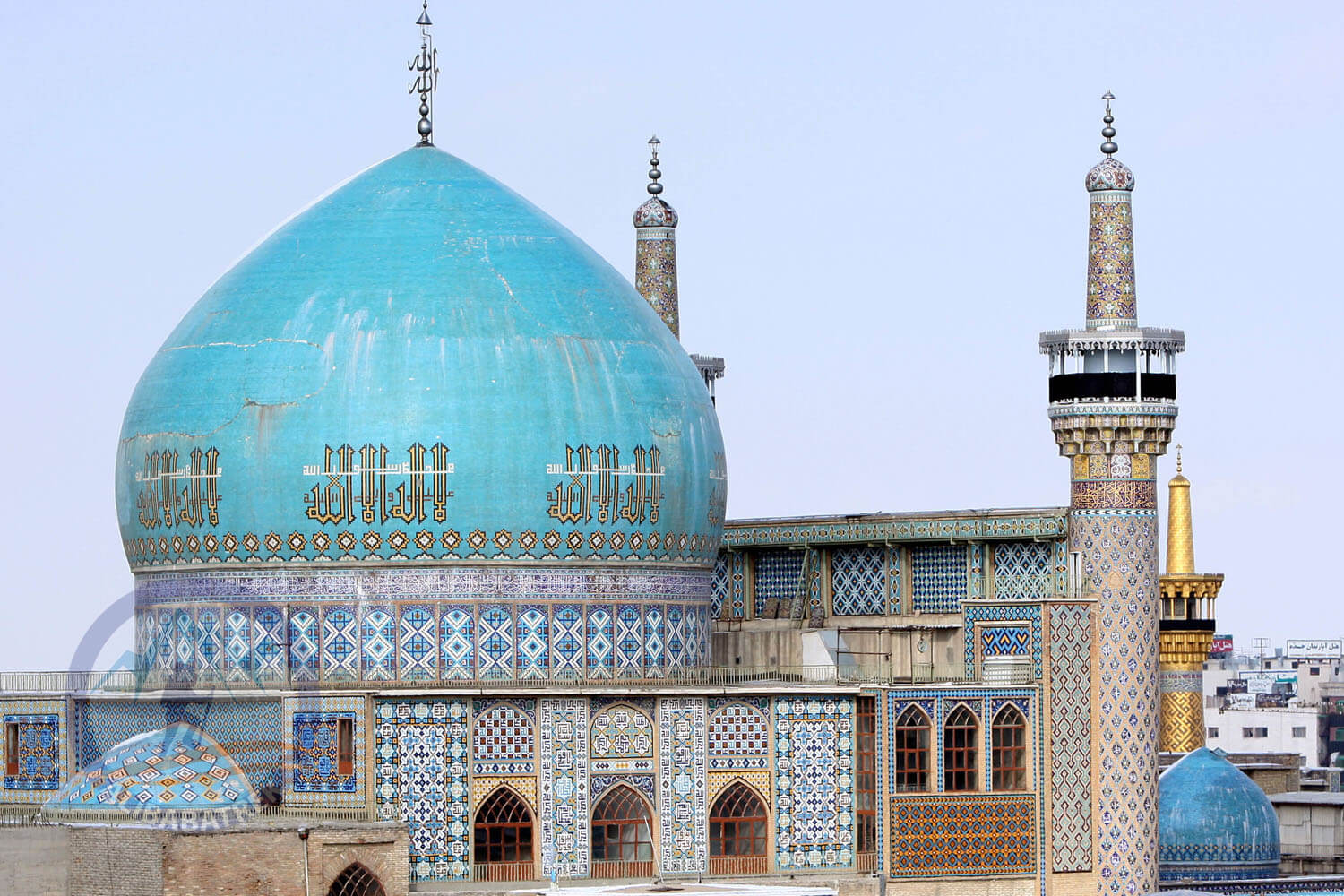
Green Dome
This Mausoleum located in Mashhad was formally part of a vast garden and is the last remaining relic of the Safavian Empire in Mashhad. Today this 17th-century monument containing the tomb of the mystic scholar Momen Mashahdi stands at the center of a traffic hoop. The mausoleum supports four Iwans on its sides and a blue dome above it.
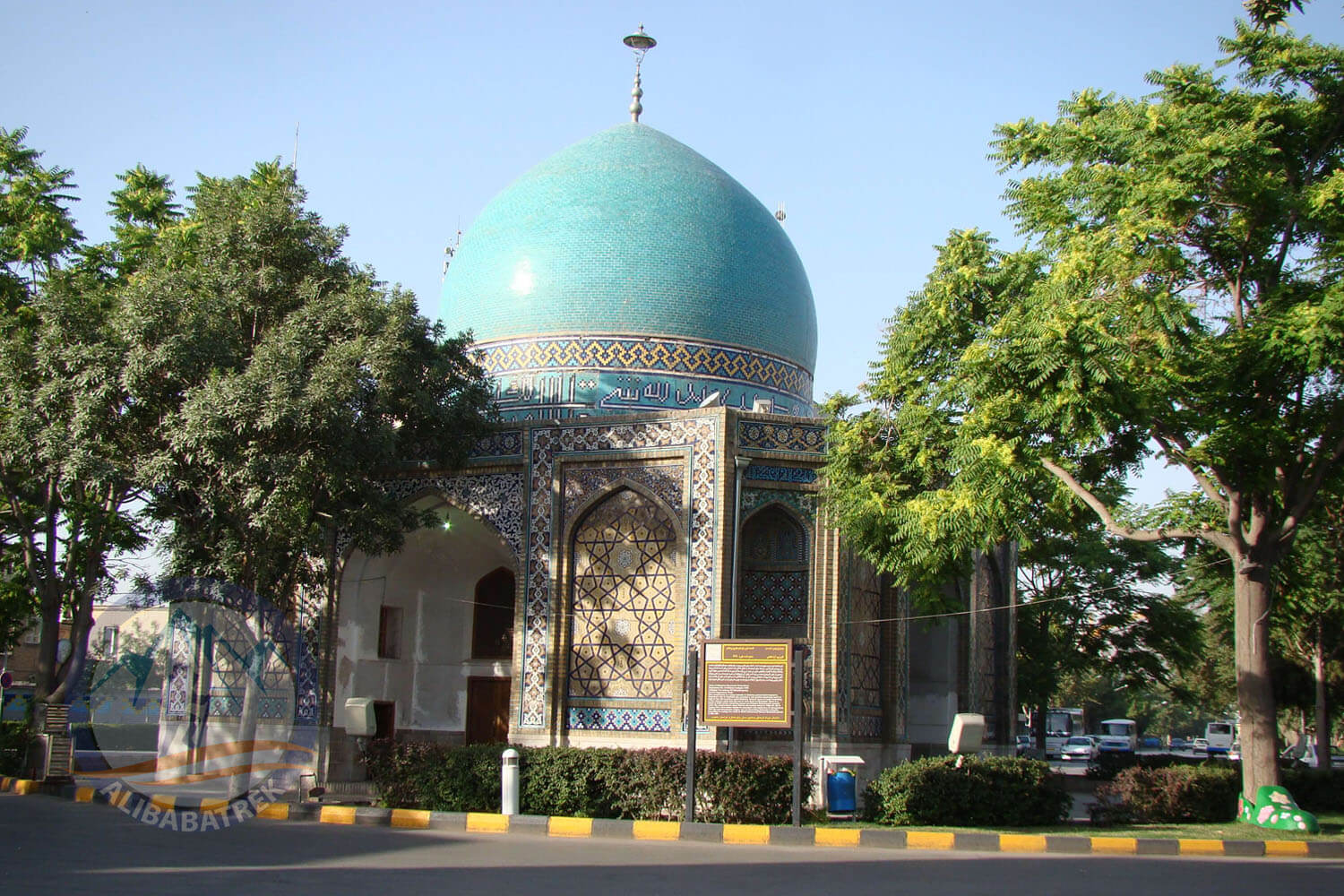
Tomb of Ferdowsi
The place of birth and death of the hugely renowned Persian epic poet Ferdowsi living from 940 to 1020 lies in the old city of Tus. Ferdowsi is most notably known for the Shahnameh, his magnum opus, which narrates Iran’s historical and more especially its mythical past. Perhaps, for this reason, the tomb of Ferdowsi has been constructed in imitation of Achaemenian architecture and design. In Fact, the tomb of Ferdowsi brings to mind Cyrus the Great’s tomb – the first king of the Achaemenian Empire (550 – 330 BC) – located in Pasargadae.
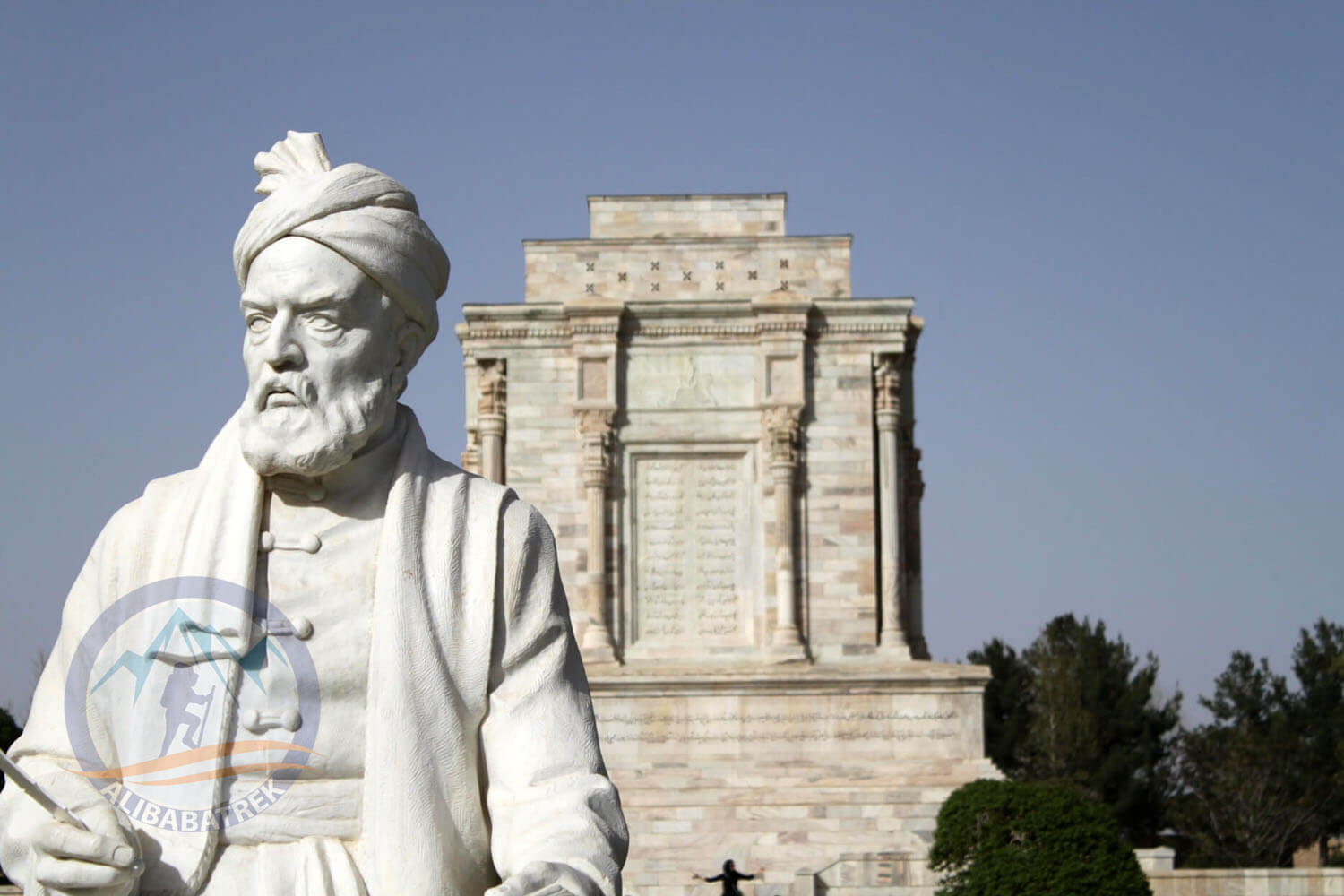
Harounieh
Harounieh a 15th-century monument of Azeri architectural design it is considered to be the last remnant of the city Ancient Tus. Harounieh is situated half a kilometer away from Ferdowsi’s Tomb and is believed to have initially been a resting place. The monument is built exclusively of bricks and has little in way of elaborate ornamentations.

Mashhad Photo Gallery
General Info
- Population: 3,114,688
- Area: 328 km2 (127 sq mi)
- Elevation: 995 m (3,264 ft)
- Climate: Steppe
- Avg. Annual Temperature : 13.5 °C


